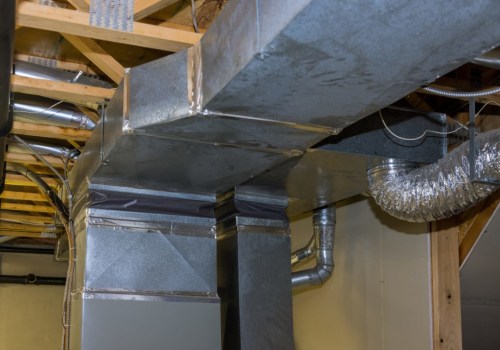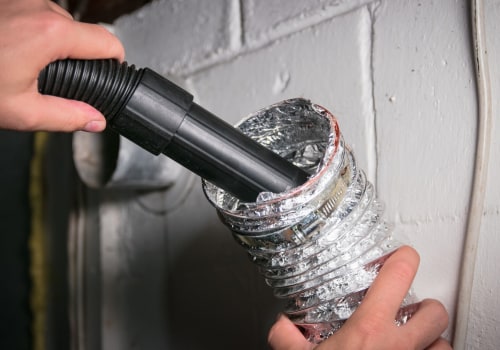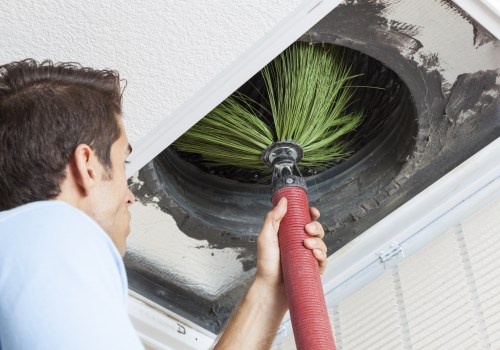As the climate crisis continues to worsen, it is becoming increasingly important to reduce our carbon footprint. One of the most effective ways to do this is by investing in energy efficient HVAC systems. By investing in an HVAC system that is designed to reduce energy consumption, you can save money on your energy bills while also helping the environment. In this article, we will discuss the benefits of investing in an HVAC system that has a reduced carbon footprint and why it is so important for both the environment and your wallet.
The first step in reducing your carbon footprint
is to understand how energy is used in your HVAC system.Many of the energy-consuming components of an HVAC system are the furnace, air conditioner, ductwork, and fans. By understanding how these components work together, you can start to identify ways to improve efficiency. One way to reduce your carbon footprint is to make sure that your HVAC system is properly maintained. Regularly replacing filters, cleaning ducts, and inspecting components can help reduce energy consumption and improve the efficiency of your system.
Additionally, installing a programmable thermostat can help you control the temperature in your home more efficiently. This will allow you to set the temperature lower when you’re not home and higher when you are, helping to save energy. Another way to reduce your carbon footprint is to consider investing in more efficient HVAC equipment. High-efficiency furnaces, air conditioners, and other components can significantly reduce your energy usage.
It’s important to note that while these systems may cost more upfront, they will pay for themselves over time in energy savings. Finally, it’s important to make sure that your home is properly insulated. Insulation helps to keep heat in during the winter and out during the summer, reducing the amount of energy needed to maintain a comfortable temperature inside your home. Additionally, sealing any air leaks around windows and doors can help prevent warm or cold air from escaping.
These are just a few of the ways that you can reduce your carbon footprint from your HVAC system. By following these tips, you can help protect the environment while saving money on energy costs.
Maintenance
Maintaining HVAC systems is one of the most effective ways to reduce their environmental impact. Changing filters regularly can ensure that your system is running at its peak performance level, reducing the amount of energy it takes to maintain a comfortable temperature in your home or office. Cleaning the ducts also helps improve air flow, reducing the amount of energy needed to maintain a comfortable temperature.Finally, having your system inspected regularly can help identify any issues that could be causing it to be inefficient or wasting energy.
High-Efficiency Equipment
High-efficiency furnaces, air conditioners, and other components can significantly reduce your energy usage. By replacing older, less-efficient systems with newer models, you can significantly cut down on the amount of energy used to heat or cool your home or business. High-efficiency HVAC systems use significantly less energy than older models, resulting in lower operating costs and reduced emissions. In addition to using high-efficiency equipment, you can also save energy by making sure your HVAC system is properly maintained.Regular servicing and cleaning can help ensure that the system is running efficiently and reduce the amount of energy used. It's also important to replace any worn out or damaged parts, as this can lead to increased energy consumption. Finally, you should consider installing a programmable thermostat. This device allows you to set a schedule for when the heating or cooling should be on and off.
This helps ensure that the system is only running when it needs to be, reducing the amount of energy used and helping you save money on your energy bills.
Proper Insulation
Proper insulation is an important step in reducing your carbon footprint from HVAC systems. By properly insulating your home, you can reduce your HVAC system's energy consumption by up to 30%, making it much more environmentally friendly. The most effective way to reduce your HVAC system's energy usage is to make sure that your walls, floors, and ceilings are properly insulated. This will help to prevent heat from escaping and will also reduce the amount of energy needed to keep your home at a comfortable temperature.It's important to check your insulation regularly, as it can become worn or damaged over time. You should also make sure that any windows and doors in your home are properly sealed. This will help to prevent air leakage and will also reduce the amount of energy needed to maintain a comfortable temperature inside your home. Additionally, you should consider installing weather stripping around any windows or doors that may be prone to air leakage. Finally, you should consider installing a programmable thermostat. This will allow you to set different temperatures for different times of the day, so that you can reduce your energy consumption when you're not home.
You can also use a smart thermostat to automatically adjust the temperature based on the current weather conditions. Reducing the carbon footprint from your HVAC system is a worthwhile endeavor that can have significant environmental and financial benefits. Regular maintenance of your system, investing in high-efficiency components, and ensuring your home is properly insulated are essential steps to ensure your HVAC system is working as efficiently as possible. Taking these steps can help reduce your carbon footprint while also saving you money on energy costs.







